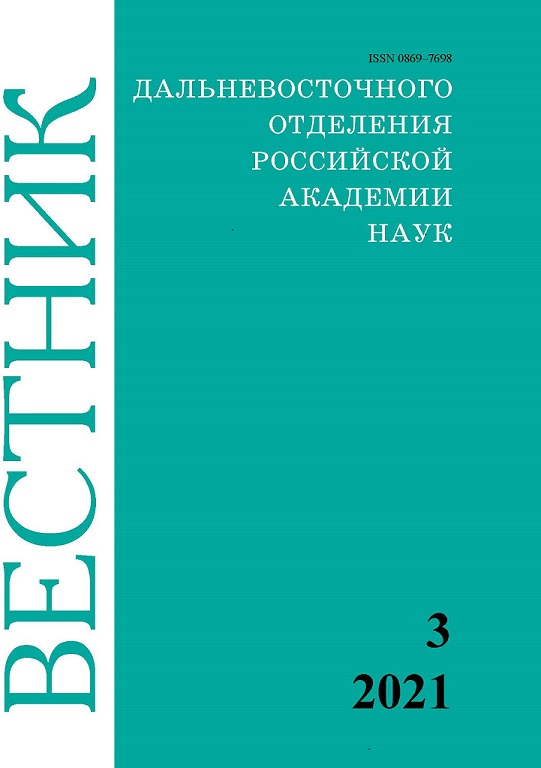Swarming and swarm ability of honey bee of the Far Eastern breed in the conditions of Primorsky Krai. M.A. SHAROV
Keywords:
apiary, bee family, swarm ability, swarming, swarm, empty honeycombAbstract
Swarming and swarm ability of honey bee of the Far Eastern breed in the conditions of Primorsky Krai. M.A. SHAROV (Federal Scientific Center of Agrobiotechnology in the Far East named after A.K. Chaika, Ussuriysk, Timiryazevsky village).
The local bee of Far Eastern breed inherited an undesirable economic trait – an increased degree of swarming of bee colonies in the apiary: 58.7–70.1 % in the spring period and 10.2–18.2 % in the late summer period. To decrease swarming instinct and mobilize bees for the construction of cells during these periods, frames with empty honeycomb were placed in the hives. It was found that the installation of an empty honeycomb in the nests of bees in the spring did not contribute to a decrease in swelling, and in August, on the contrary, placing 4–6 frames suppresses swarming instinct and switches the bees to actively collect nectar and grow the young generation of bees.


